ONT vs OLT: How Do They Differ
![]() Table of content
Table of content
Introduction:
In case you are considering a fiber optical network, chances are you will encounter abbreviations like ONT and OLT. What are these abbreviations, and how are they related to fiber optical networks? What is the difference between ONT and OLT? This blog holds answers to all such questions. An Optical Line Terminal (OLT) is a device that serves as the endpoint of a Passive Optical Network (PON) for your Internet Service Provider (ISP), connecting the PON to the ISP’s main network. Essentially, it is ISP equipment. An Optical Network Terminal or ONT is the endpoint device on your end of the PON. The term Optical Network Unit (ONU) is often used interchangeably with ONT, as they are essentially the same. Simply put, ONT/ONU refers to the user-side equipment. If you have a thirst for knowing more, let us quench it right here. We are going to discuss ONT vs OLT and many more:
Understanding ONT vs OLT:
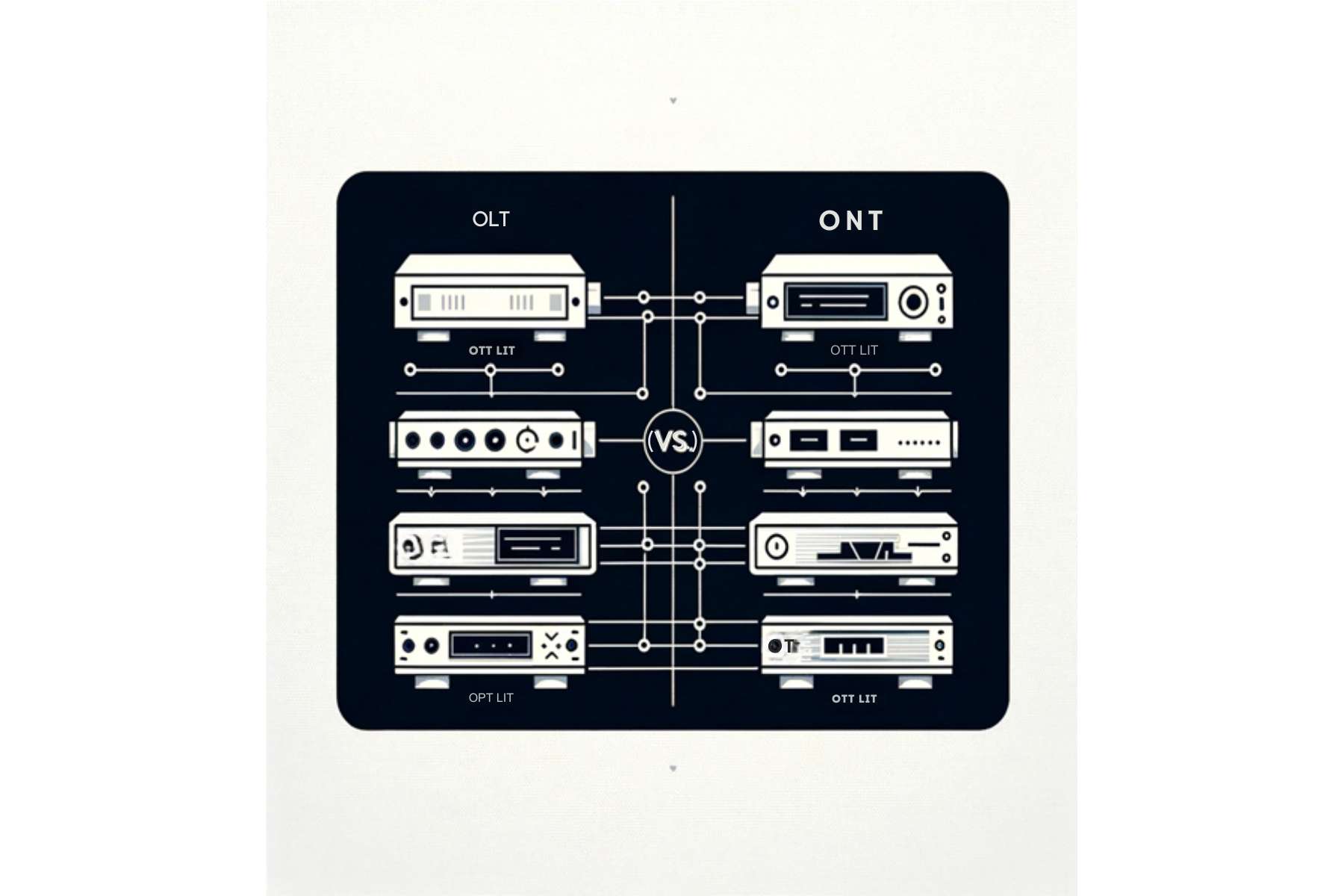
Before jumping toward ONT vs OLT meaning, it is crucial to know what a PON is. So, at its core, PON or Passive Optical Network is a fiber optic network that carries data from a single transmission port to various user endpoints using point-to-multipoint topology and fiber splitters. The most common and fundamental PON standards are Gigabit Passive Optical Network (GPON) and Ethernet Passive Optical Network (EPON). Both ONT and OLT are major components of a PON architecture present at the central office of the service provider and near end-users, respectively.
What Is ONT?
ONT or ONU are interchangeably used for the same thing. ONT stands for Optical Network Terminal and acts as a telecommunication gate for the PON. It works on end-user devices like computers, laptops, and mobile phones. Its most important and fundamental function lies in transmitting optical signals over fiber optic cables with extraordinary speed. To understand it in a few words, an ONT, in a PON architecture, is the part that is present on your side. The best part of ONTs is their versatile and seamless connectivity as well as their efficient supply of multiple services.
What is OLT?
To understand OLT meaning, the Optical Line Terminal or OLT acts like a link point between a PON and the main network of your internet server provider (ISP). It acts as the endpoint of PON (Passive Optical Network) for your ISP. At its simplest, an OLT is an ISP device. The most fundamental function of an OLT is to control the flow of data both upstream and downstream. Besides, it translates fiber optic service standard signals to the frequency and frame that a PON employs.
ONT vs OLT: How Do They Function?
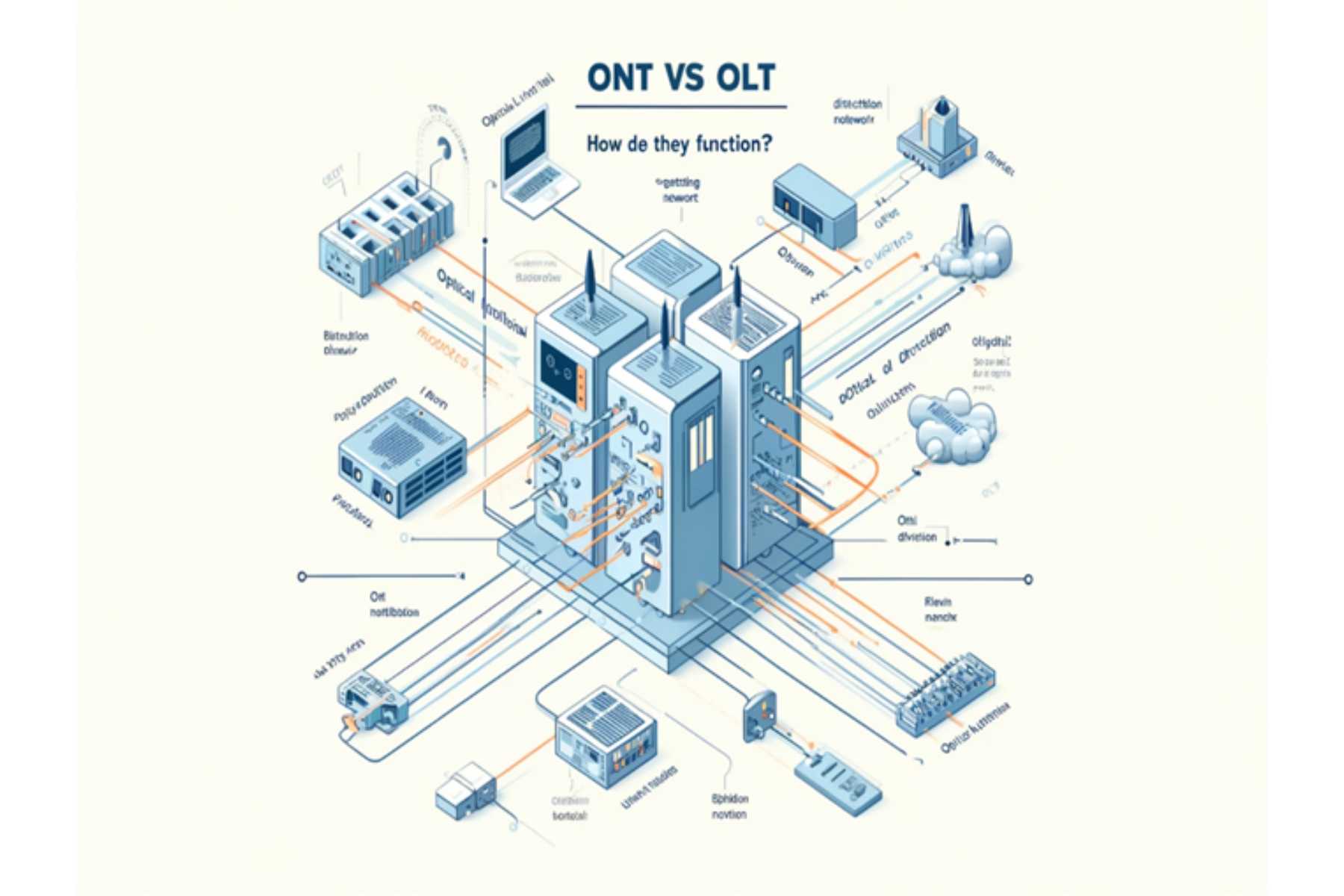
How does a fiber optical network work? The answer to your question lies in understanding the functions of ONT and OLT. Therefore, here is a simple and technical explanation of how ONT and OLT work:
Function of OLT:
As mentioned earlier, an OLT is present at the core of your ISP. It controls flow data, converting fiber optic service standard signals to the frequency and frame used by a PON system. Additionally, it centralizes the numerous analog or digital signals integrated into one signal between the ONT convert devices. Furthermore, the upstream channel transmits various forms of data from consumers to the ISP. At the same time, the downstream channel receives data, audio, and video traffic and sends it to all your network’s ONT devices.
Function of ONT:
An ONT or ONU, at your workplace or home, serves as an optical modem that connects to your ISP through a fiber optic cable. The ONT user data to the OLT on the upstream channel and it receives data on the downstream. Being critical components of a PON network, they both functions extraordinarily to provide users with a seamless fiber optic connectivity for telecommunication and multiple other services.
ONT and OLT: What Are The Main Differences:
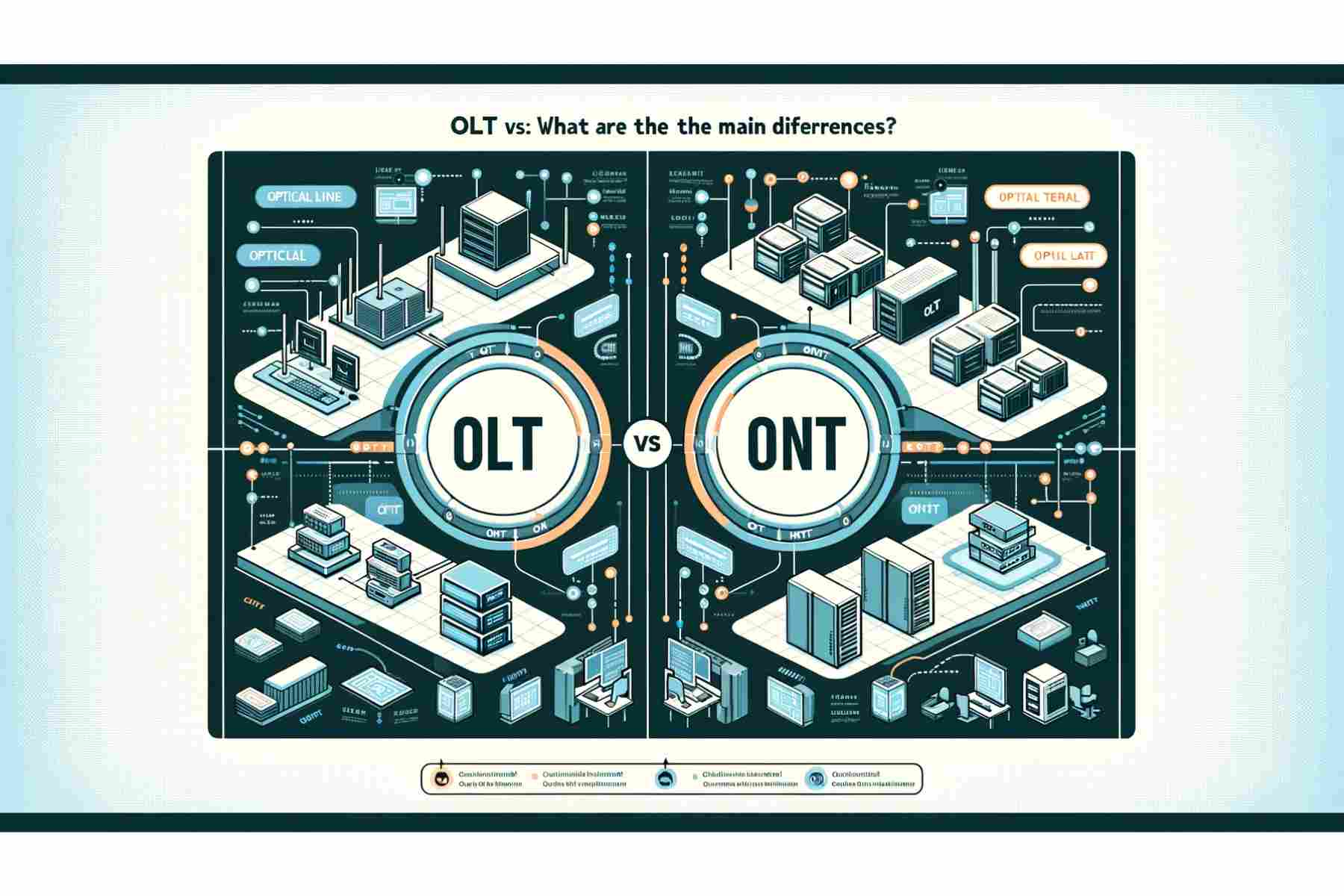
As discussed previously, both ONT and OLT are the major components of a PON network. Still, there are a lot of differences when we go deep into their functions. Both these devices share some fundamental distinctions in location and role, traffic management, signal handling, and operational scope. Let’s have a closer look at each difference:
Locations and Role:
OLT: The OLT monitors the entire PON ecosystem, serving as the fundamental control center. Besides, it enables duplex data transfer with ONTs functioning at the central office of the service provider.
ONT: It is present at your side (user’s side) at your home or workplace and functions as the vital connection between the optical fiber cable and user devices. Its primary role is to convert optical signals into electrical signals for devices such as computers and TVs.
Traffic Management:
OLT: It manages both upstream and downstream traffic throughout the network. In addition, it ensures coordination and seamless communication among various ONTs.
ONT: An ONT, fundamentally handles traffic for a specific user or location and facilitates the transfer of data between the OLT and user devices bidirectionally.
Signal Handling:
OLT: Fundamentally, an OLT translates signals from a broader network, like the Internet, into a format that is compatible with the PON environment.
ONT: Conversely, ONT converts optical signals from the PON system into electrical signals manageable for commonly used electronic devices.
Operational Scope:
OLT: It seamlessly manages extensive areas and serves multiple ONTs simultaneously. Potentially, an OLT can cover thousands of users.
ONT: Traditionally serves a single user or location, such as a home or a particular business setup. An ONT addresses localized and limited connectivity requirements.
Conclusion:
To conclude the story, understanding the roles and differences between ONT and OLT is crucial for setting up a fiber optic network. Both ONT and OLT function differently, providing you with a seamless internet connection and traffic management services. Whether through switches, routers or fiber optic modems, these devices are fundamental components when you need high-speed Internet. They work together to enrich your personal as well as business activities, which demand high-speed internet connectivity. Now, if you need further insights on similar topics, keep visiting our website. Best of luck!
Frequently Asked Questions:
What does ONT stand for?
ONT stands for Optical Network Terminal. It is a device that connects from your office or home to the fiber optical network outside.
Is ONT a modem or a router?
The ONT is your fiber network’s modem. The ONT communicates with your ISP by sending out pulses of infrared light. This is how a fiber-optic network connects your home to the Internet. You may then obtain and disperse a Wi-Fi signal throughout your devices using the fiber router.
How do ONU and ONT differ from one another?
An acronym for optical network unit, the ONU is the same as ONT. In an optical fiber-to-the-house (FTTH) communication link, the terms ONT and ONU refer to the consumer-end equipment. To go technical, though, there is just one distinction: ONU is an IEEE term, while ONT is an ITU-T term.
How come I require an ONT?
Because it transforms the data and signals from the fiber optic connection into a format that your Fiber Hub can use to provide superfast broadband across your property, you require a separate ONT. Your Fiber Hub converses with gadgets such as your computer.




 Catalog
Catalog








































































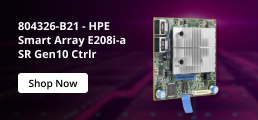




































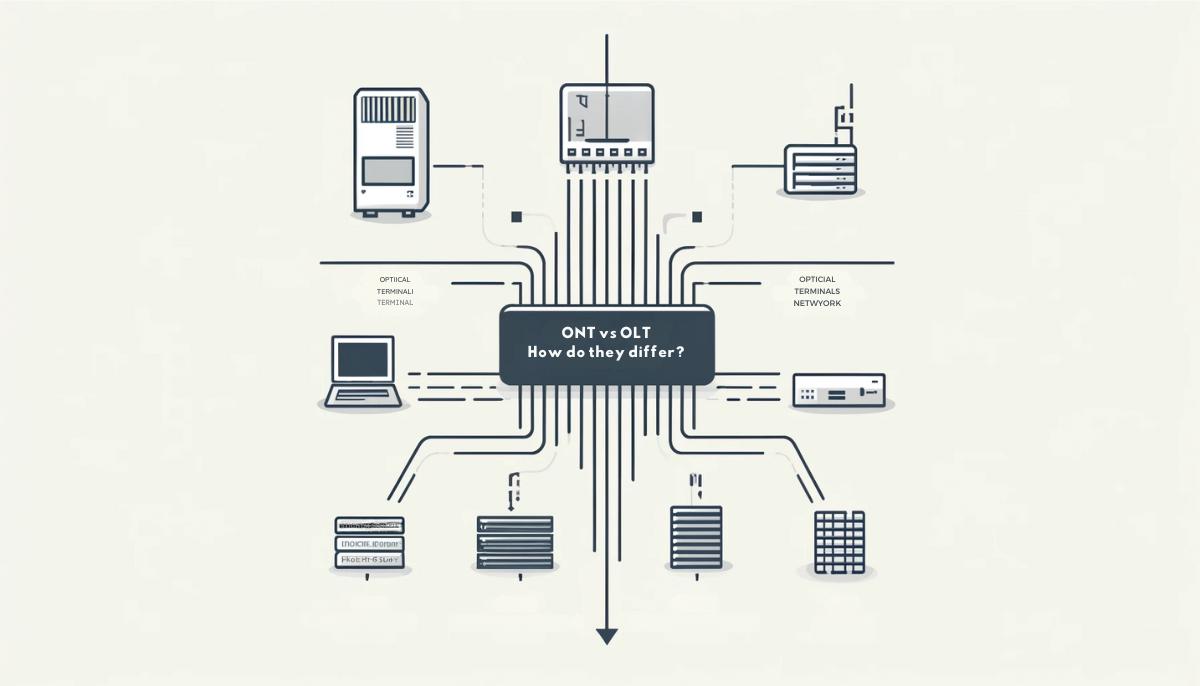
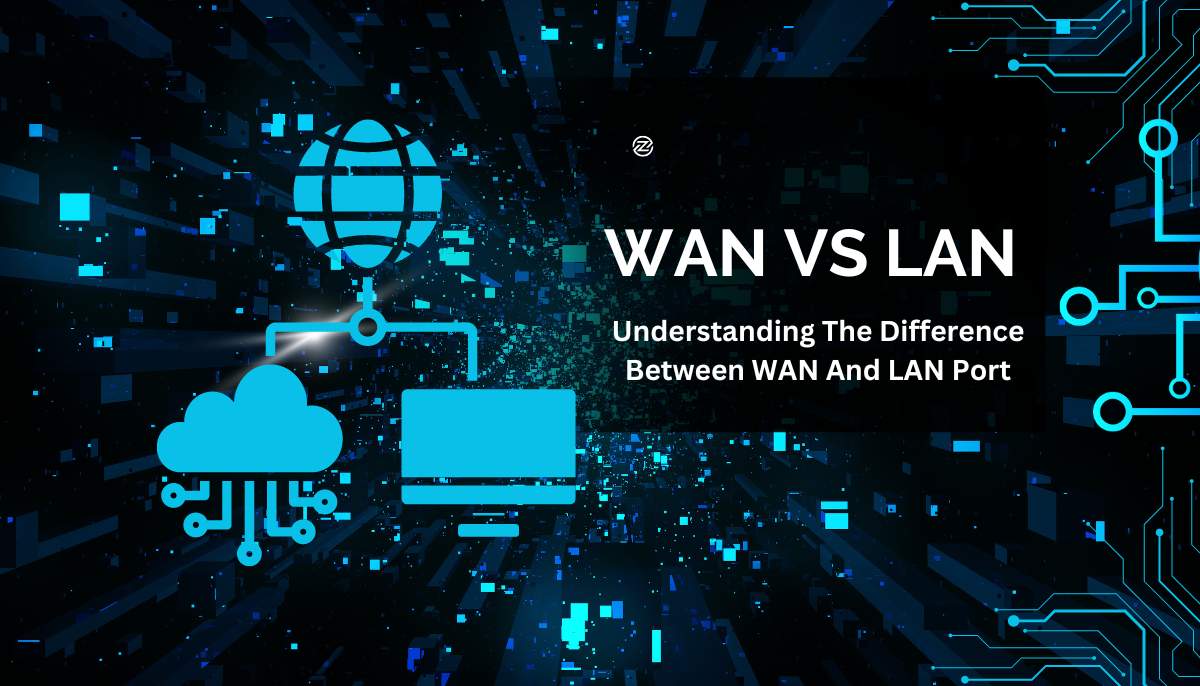
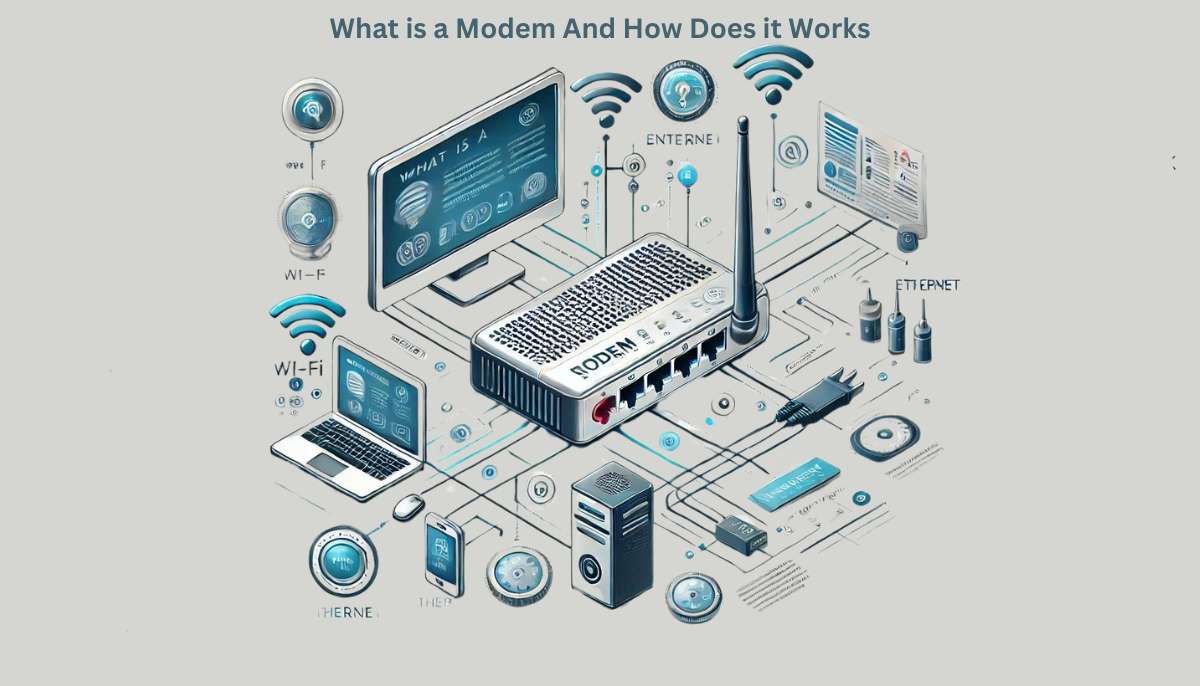
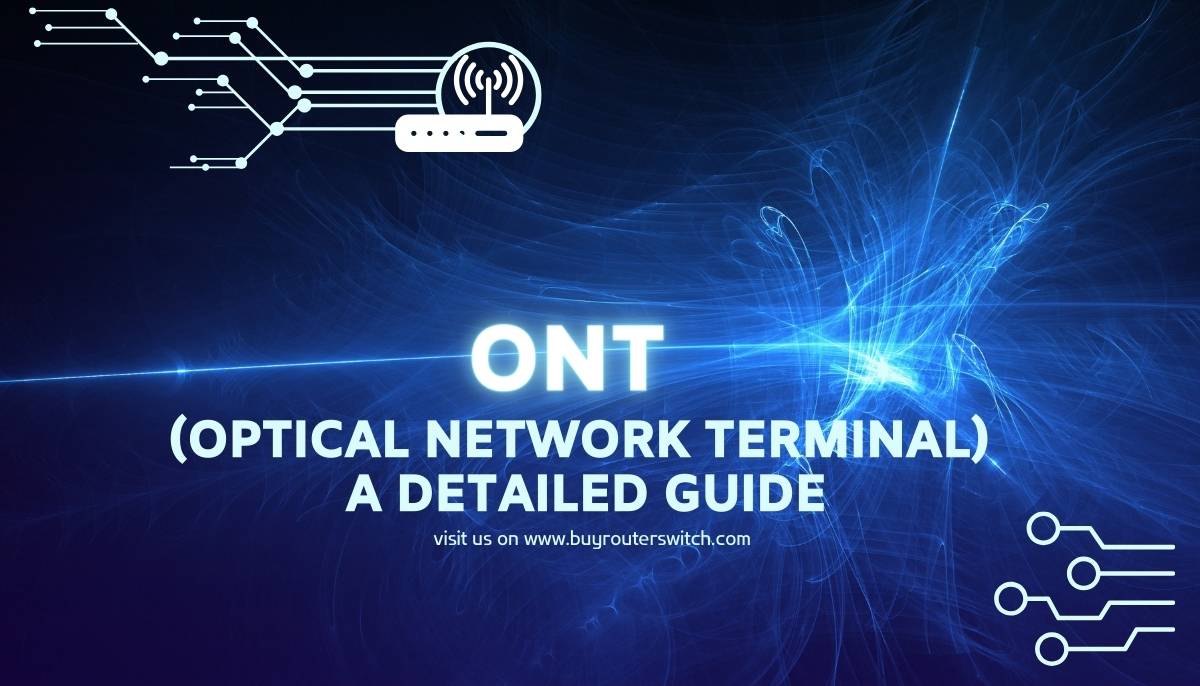




 (800) 870-9487
(800) 870-9487